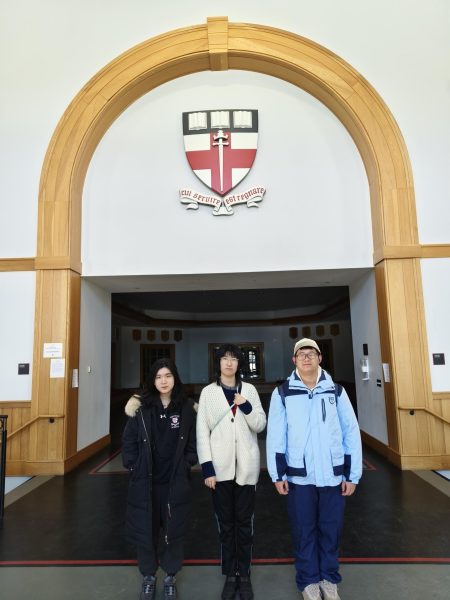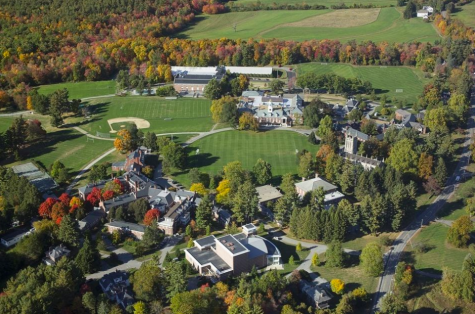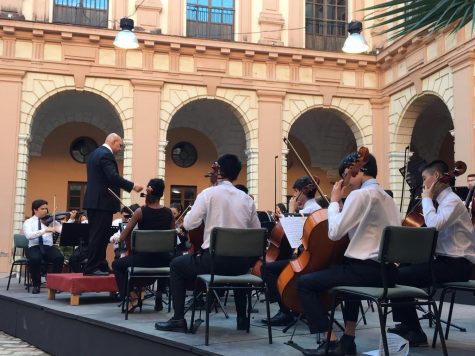IT Office Rolling Out Network Security Upgrades
Unbeknownst to most of the community, a series of changes have begun taking place around campus, changes which will improve every member of the Groton community’s technological safety. Groton’s Internet Technology (IT) Department is in the process of editing the layers of security, as Jeffrey Nelson and Elizabeth Preston described, which protect all Groton devices. Mr. Nelson explained that it helps to imagine each “layer” as a concentric sphere around the device. These spheres work for students, faculty, and staff every day, imperceptibly, keeping devices safe, helping networks run faster, and making these networks easier to use.
The first layer which protects devices scans websites and downloaded files for malicious content. This portion of the system detects and preemptively neuters threats. To increase network security, the IT Department has begun rolling out new endpoint management solutions called JAMF and Kaseya (also called mobile device management systems).
Administrators have already moved faculty to the new system and plan on continuing with students in the near future, starting with the fourth form (the first form to receive Macbooks). JAMF and Kaseya allow people in the IT Department to make sure computer and operating systems are patched. What this means is, each day malware samples attempt to take control of people’s personal devices; no one has seen these malware samples before, and they attempt to exploit people’s devices. Patching the operating system allows the security system to eliminate any and all suspicious malware activity. Moreover, this new system makes it easier for students to add printers and use applications. On this new system, people working in the IT Department such as Mr. Hummel can remotely see which machines aren’t up to date with their security updates.
The next layer is the firewall. Groton replaced its firewall to provide the IT Department staff with more visibility. Now, administrators can see how much data is going back and forth across applications (but not by which devices), as opposed to one single category of traffic (which was the previous system). For example, administrators see how many gigabytes of data are going through Snapchat’s servers, but not the locations or types of devices. This change allows administrators to make sure the applications are free of malware and safe for student use. Moving outwards, DNS Security, which manages how people are routed to websites, is another layer. DNS Security checks the websites students access against a list of known malicious networks in a database. Changes in this layer eliminated a major burden upon all Groton students; it did away with Lightspeed. Students no longer have to login to the wireless network every morning because of this change.
While all the current changes only affect Groton-issued devices, administrators hope to eventually expand to all personal devices Groton students have (included non-school-issued ones), so that these too can connect to printers and projectors.
The goal of the IT Department, as Mr. Nelson states, is to “make things easier, less complex and more transparent.” Admittedly, there is still a long way to go, but Mr. Nelson hopes to make Groton’s network the “easiest, fastest, best network to use”, and these changes are concrete steps in that direction. At a recent Cisco conference he attended, Mr. Nelson recounts that a representative stated that Cisco seized 10,000 malware samples per day. Two or three years ago, Mr. Nelson says, “you wouldn’t get 10,000 a year.” In this age of automation, it is increasingly easier for organizations to send out more and more programs that aim to take control of people’s devices. Because of the measures the IT Department has put in place however, none of these malware samples will ever get the chance. That said, Mr. Nelson believes that the first line of security is the “critical thinking of the person” receiving the suspicious email or link in their feed. Their awareness of these issues and systems in place to keep them safe, in the end, protects them the most.










